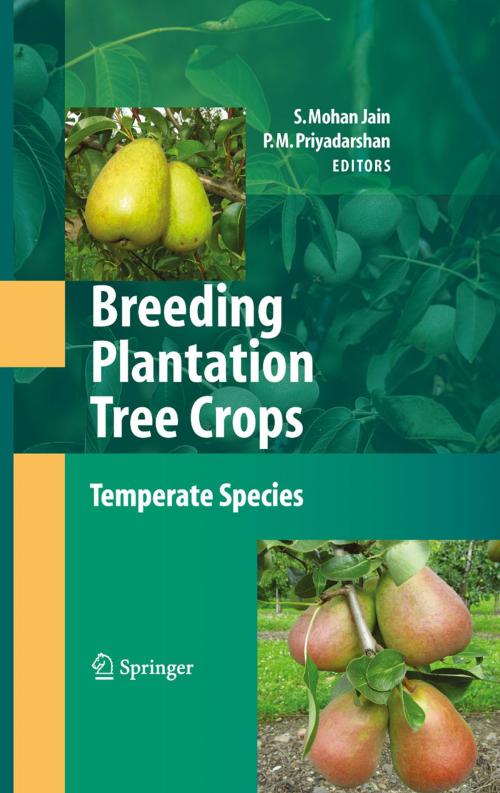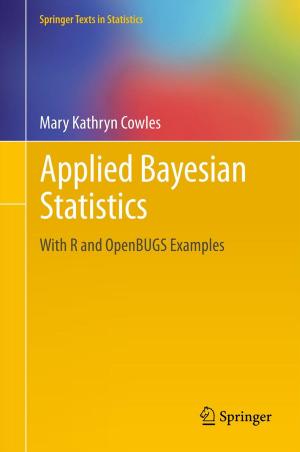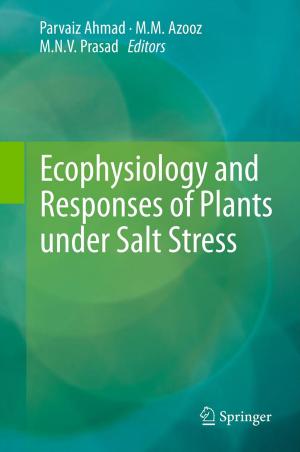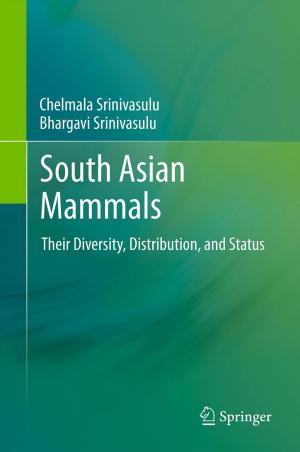Breeding Plantation Tree Crops: Temperate Species
Nonfiction, Science & Nature, Science, Biological Sciences, Botany, Technology, Agriculture & Animal Husbandry| Author: | ISBN: | 9780387712031 | |
| Publisher: | Springer New York | Publication: | March 1, 2009 |
| Imprint: | Springer | Language: | English |
| Author: | |
| ISBN: | 9780387712031 |
| Publisher: | Springer New York |
| Publication: | March 1, 2009 |
| Imprint: | Springer |
| Language: | English |
Tree species are indispensable to human needs. Due to their long life cycle and environmental sensitivity, breeding trees for sustainable production is a formidable challenge in order to meet the demands of growing human population and industries. Fruit crops such as apple, cocoa, mango, citrus, litchi, pear, dates, and coconut or industrial crops including rubber and tea, improving yield under the optimal, sub-optimal and marginal areas call for a unified worldwide effort. While the uniqueness of coconut as ‘kalpavriksha’ (Sanskrit - meaning tree of life) makes its presence in every continent from Far East to South America, tree crops such as cocoa, oil palm, rubber, apple, peach and walnut prove their environmental sensitivity towards tropical, subtropical and temperate climates. Date palm is quintessential for desert climate. Thus, from soft drinks to breweries to oil to tires, the value addition offers a spectrum of products to human kind, enriched with nutritional, environmental, financial, and trade related attributes.
This volume is a compilation of information on breeding of temperate tree species and provides first hand comprehensive knowledge to research, teach, and make policies.
Tree species are indispensable to human needs. Due to their long life cycle and environmental sensitivity, breeding trees for sustainable production is a formidable challenge in order to meet the demands of growing human population and industries. Fruit crops such as apple, cocoa, mango, citrus, litchi, pear, dates, and coconut or industrial crops including rubber and tea, improving yield under the optimal, sub-optimal and marginal areas call for a unified worldwide effort. While the uniqueness of coconut as ‘kalpavriksha’ (Sanskrit - meaning tree of life) makes its presence in every continent from Far East to South America, tree crops such as cocoa, oil palm, rubber, apple, peach and walnut prove their environmental sensitivity towards tropical, subtropical and temperate climates. Date palm is quintessential for desert climate. Thus, from soft drinks to breweries to oil to tires, the value addition offers a spectrum of products to human kind, enriched with nutritional, environmental, financial, and trade related attributes.
This volume is a compilation of information on breeding of temperate tree species and provides first hand comprehensive knowledge to research, teach, and make policies.















